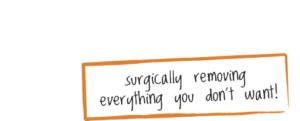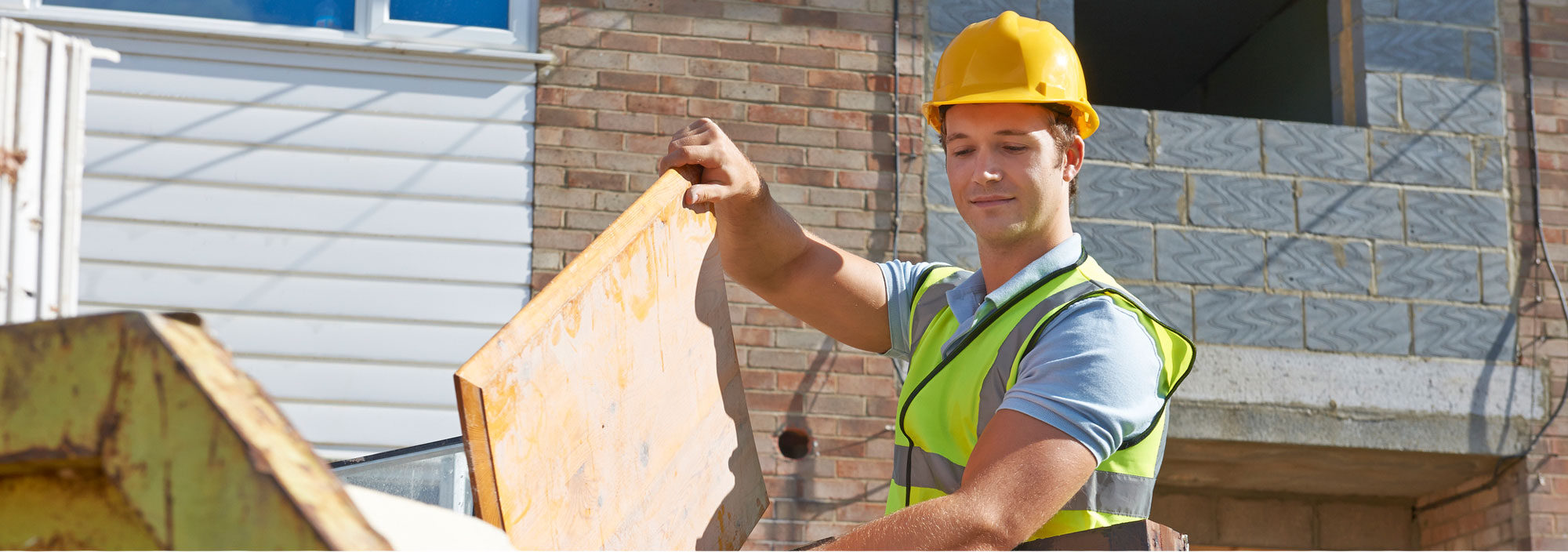Maximizing Recycling During Your Home Cleanout: What You Need to Know

Tackling a home cleanout can often feel overwhelming, especially when trying to decide what should be thrown out and what can be recycled. We understand the importance of not only clearing out unwanted clutter but doing so in an environmentally responsible manner. By focusing on maximizing recycling, you not only reduce waste but also contribute positively to the environment.
We’re dedicated to helping you through every step of this process, starting with identifying which items in your home can be recycled. Knowing how to properly sort your items during a cleanout is crucial, as is being aware of local recycling regulations and resources that can assist you. Furthermore, adopting sustainable habits isn’t just about a one-time cleanout—it’s about setting a precedent for future waste reduction.
By the end of this guide, you’ll feel equipped and ready to handle your home cleanout with a clear plan for reducing waste and boosting your recycling efforts. Join us as we explore simple yet effective strategies to ensure you’re as eco-friendly as possible during your next big home decluttering project.
Identifying Recyclables in Your Home
Before we begin any cleanout process, the first step we take is to identify the recyclable materials scattered throughout your home. This is crucial, not just for environmental health, but also for optimizing the operational aspects of your home cleanout. Many residents are surprised to learn the broad range of items that can be recycled, extending beyond the typical paper and plastics. Glass, metals, electronics, and even certain types of furniture can be recycled under the right circumstances.
We start by evaluating each room, distinguishing between what’s recyclable and what isn’t, ensuring nothing that could be repurposed or recycled winds up in a landfill. For instance, old magazines, broken electronics like radios, and even kitchen appliances have components that can be processed and reused. Our team assists in not just identifying these items but also advising on their potential future use or recycling benefits.
How to Properly Sort Recyclables During a Cleanout
Sorting recyclables effectively is an art that contributes significantly to the recycling process. Once we’ve identified all the recyclables in your home, the next step involves proper segregation. This step is vital because materials need to be processed differently based on their types. We follow a structured system to ensure everything is sorted accurately, which simplifies the recycling process and prevents contamination of the recyclable materials.
Here is how we can do it:
- Separate by Material: We categorize items into groups – plastics, papers, metals, and electronics. Each category has a specific processing method at recycling centers.
- Check Local Recycle Rules: We reference local recycling guidelines which can vary in terms of what can be recycled and how it should be prepared for collection.
- Use Different Bins: We encourage the use of different bins for different types of recyclables to prevent mixing and potential contamination. Labels can be really helpful in maintaining this system.
- Prepare Items: Some items need a bit of preparation before they’re ready for recycling. For example, cleaning out containers or removing labels from jars and bottles can be necessary.
By teaching these methods, we not only ensure that the cleanup process is eco-friendly but also educate household members on maintaining a sustainable lifestyle.
Local Recycling Guidelines and Resources
In our commitment to sustainability and responsible waste management, we understand that knowing your local recycling guidelines is key to effective recycling practices. Different municipalities have specific rules about what can and cannot be recycled, and these can change frequently. To ensure that we are recycling effectively, we stay updated with the latest guidelines through regular communication with local waste management authorities.
We also suggest that you access these resources. Many communities provide detailed websites, brochures, or hotlines where you can find information on recycling programs, special waste disposal days, and items eligible for curbside pick-up. Knowing these details not only aids in proper sorting but also ensures that recyclable materials don’t end up in landfills unnecessarily, helping to conserve natural resources and reduce environmental impact.
Creating Sustainable Habits for Future Waste Reduction
Establishing sustainable habits is crucial for long-term waste reduction. We believe that small changes in daily activities can make a considerable difference in environmental conservation. Start by purchasing products with minimal packaging, opting for reusable over single-use items, and actively looking for ways to repurpose products instead of discarding them.
Another effective habit is planning purchases more carefully. By buying higher-quality items that last longer, you reduce the frequency of replacements and hence, waste generation. Regularly scheduling time for sorting waste can also help make recycling and waste reduction a routine part of your life, ensuring that you contribute regularly to environmental sustainability.
Dr. Waste: Your Partner in Eco-Friendly Waste Disposal
As your knowledgeable guide in the journey to eco-friendly waste disposal, we’re here to provide you with resources, services, and advice to manage your waste responsibly while ensuring it has minimal environmental impact. With our comprehensive cleanup services, including recyclable collecting and responsible disposal, we aim to enhance community efforts in sustainable living.
Proper waste management is not just about disposal but also about making informed choices that benefit our planet. By choosing our waste disposal services, you’re not just cleaning up your space; you’re also contributing to a cleaner, greener world. If you’re ready to take the next step in responsible waste management, connect with Dr. Waste today and let’s make a difference together.

